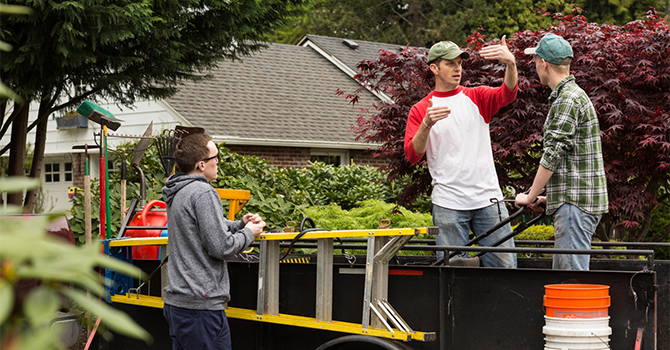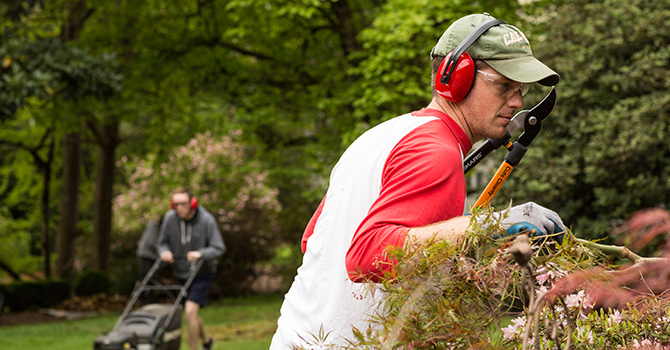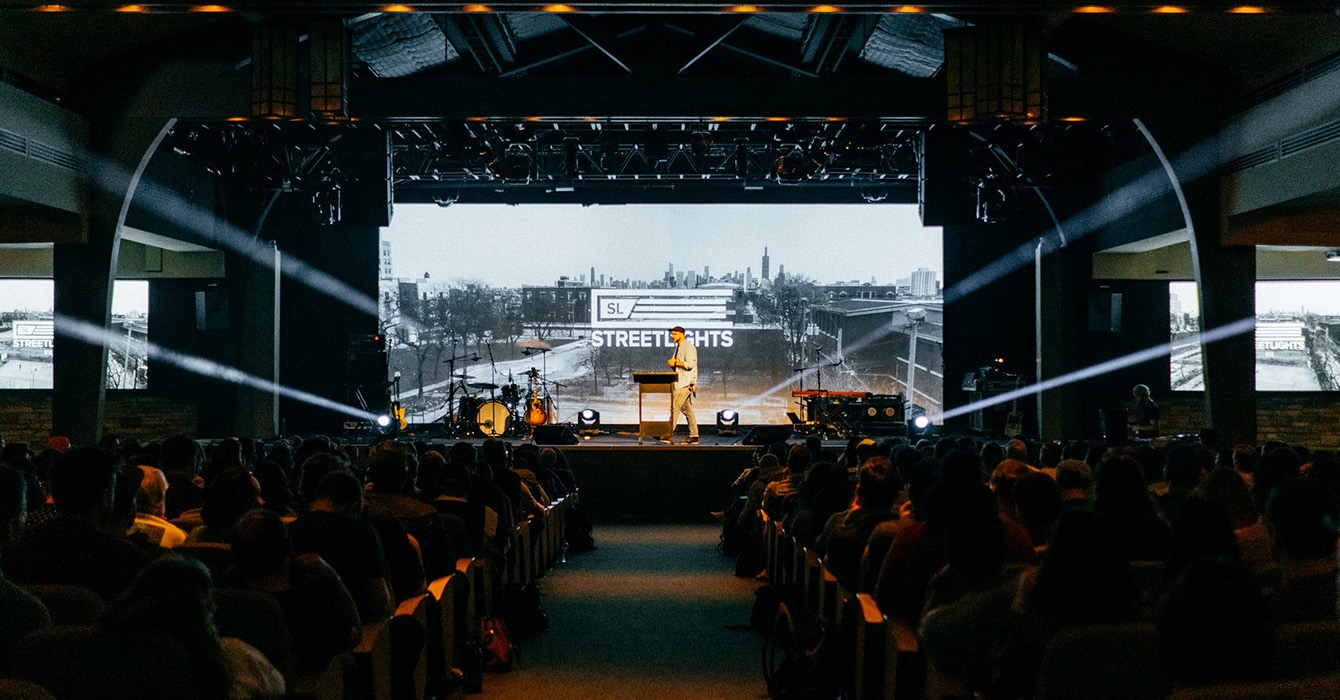During the late 1990s and early 2000s, people in youth ministry began to sense a shift. Teenagers seemed different. The old stuff wasn’t working any longer. The luster of the Christian music industry was beginning to fade. You could even feel the change at some of the major youth conferences -- something was amiss.
Then in 2005, Christian Smith released his book “Soul Searching” and revealed what many youth workers already knew -- that the model of placing students in isolated, couch-lined rooms with “relevant” messages wasn’t producing the robust Christian faith we were aiming for.
Instead, it was producing what Smith referred to as “moralistic therapeutic deism,” a kind of pseudo-Christian faith of niceness and good values that largely withered and died when the students left summer camps and youth centers behind.
Around the same time, Chap Clark, in his book “Hurt: Inside the World of Today’s Teenagers,” laid out how important it is for students to be in relationship with multiple significant adults.
These two ideas contributed to an important shift within youth ministry to an intergenerational model, resulting in new ministry ventures such as Orange, Fuller Theological Seminary’s Sticky Faith and D6.
But it hasn’t been perfect. Though many churches now include kids in adult worship and have re-emphasized the importance of parents in shaping the faith lives of their teenagers (as opposed to a 20-something male youth pastor who looks good driving a Jeep), they have struggled to figure out how to get teens and adults in relationships that are both consistent and natural.
In my own church, we have found that it’s relatively easy to create multigenerational events, in which people of different ages inhabit the same space. But it’s quite difficult to create intergenerational events, in which teens and adults actually interact on a level relational playing field.
Many students don’t like the idea of having a mentor; others simply don’t have the time. Potential mentors may be intimidated by teenagers. The teen and adult worlds have been so successfully dissociated in our culture that the adults often haven’t the foggiest idea as to what they might discuss with teens.
So how do we bridge this gap? A promising way forward is the medium of work -- in particular, projects of “missional entrepreneurship” that bring together adults and teens in mutual sacrifice and sweat for the common good.
At my church, we have two ministry ventures that engage teenagers from our church and around our county. One is a landscaping company that directly employs teenagers and pairs them with mentors. It also includes a training component that ties together principles of thriving in life and work.
The second program offers the same guidance and mentoring, but without direct employment. Instead, students earn a certificate for completing the training and are guaranteed an interview with a local business. We commit to getting them through the door; they have to secure the employment.
What we’ve discovered in doing this kind of ministry is that the best intergenerational relationships are created when there is a tangible, common project.
I first observed this on mission trips with students 10 years ago. Mission work doesn’t necessarily involve a lot of intentional mentoring, but it does involve innumerable opportunities for teens to observe adults in action.
And really, that is part of the project of adolescence. Teenagers prefer semiautonomous space, where they can watch adults other than their parents or guardians from a bit of a distance.
I also noticed that conversations between students and adults sprang up more naturally on our mission trips. When you work on a task, your mind wanders. You can only be so focused on hammering the next nail or serving the next scoop of food, and the other stuff you are thinking tends to leak out into conversation with your co-workers -- whoever they are. The task seems to function as a kind of confessional wall. It provides a veil of activity-based semi-anonymity that allows our guard to come down.
The other experience that sparked the idea that mentoring could be more natural was when our team hosted its first training on personal goal setting. All the participants -- about seven adults and seven students -- had binders they used to work on their personal goals.
What we unintentionally created was a level playing field. It was fascinating to listen to the conversations. A 60-something retired airline pilot shared his thoughts about the future. Teens talked about the pressure and stress of trying to get into college. A couple of young people said they needed to make money to help their struggling families.
It was some of the most equal sharing between adults and teens that I have ever seen. And as the adults and students have moved forward, the binders and goals have continued to be something they can talk about.
The growing edge of what we are doing now is helping the mentors learn to link personal goals to the life of faith. There are many points of deep intersection between work life and faith. We’re talking about recovering from mistakes, accepting grace, taking risks versus playing it safe, resolving conflict, extending forgiveness, helping our neighbors, striving to achieve versus learning to be content.
It’s not always easy to talk about. Our mentors are the products of an American church culture that has struggled to find the theological vocabulary to link faith life (private) with professional life (public). As we move forward, we’re trying to figure out how to equip our mentors so their faith can speak powerfully to the working world.
Teens need more spaces to observe and interact with adults -- and vice versa. By offering opportunities for these groups to work together, the church can help teenage followers of Christ and adult followers of Christ pursue the Jesus way on mutual and equal terms. And isn’t that our common project?















